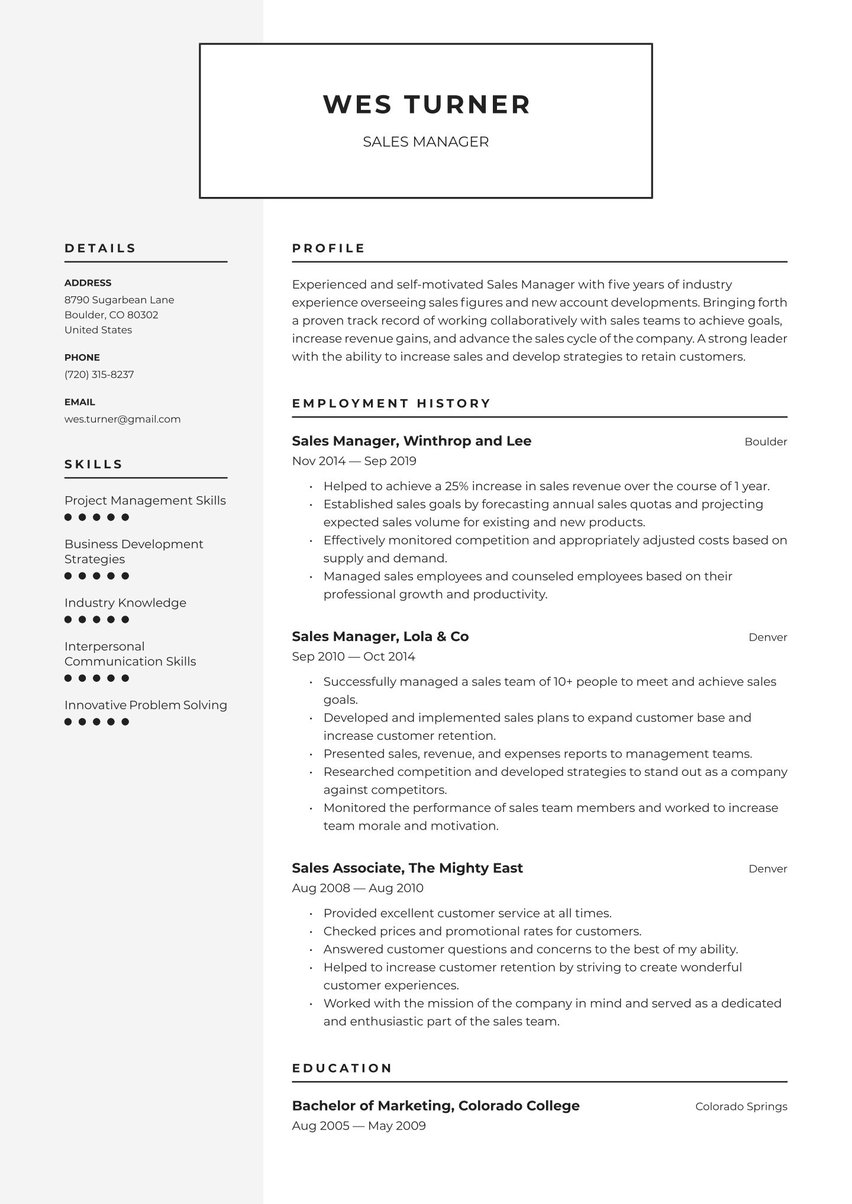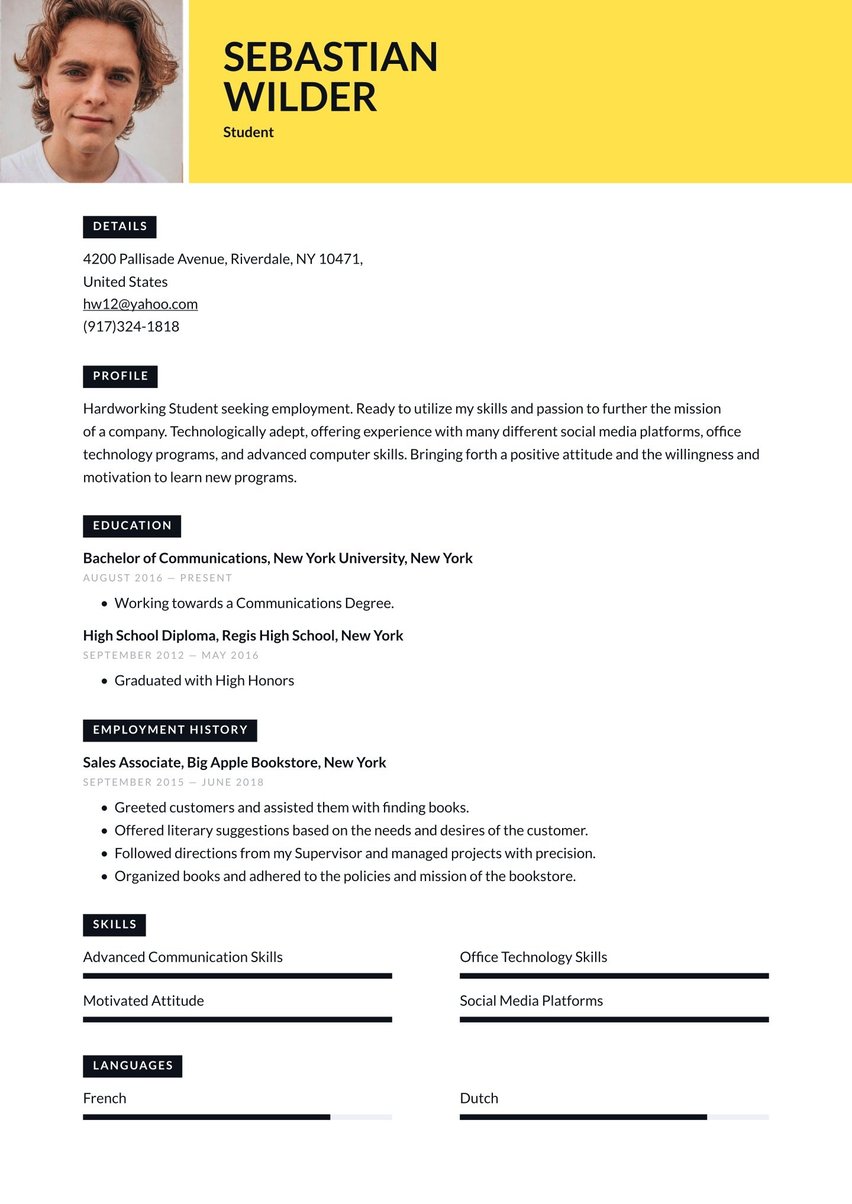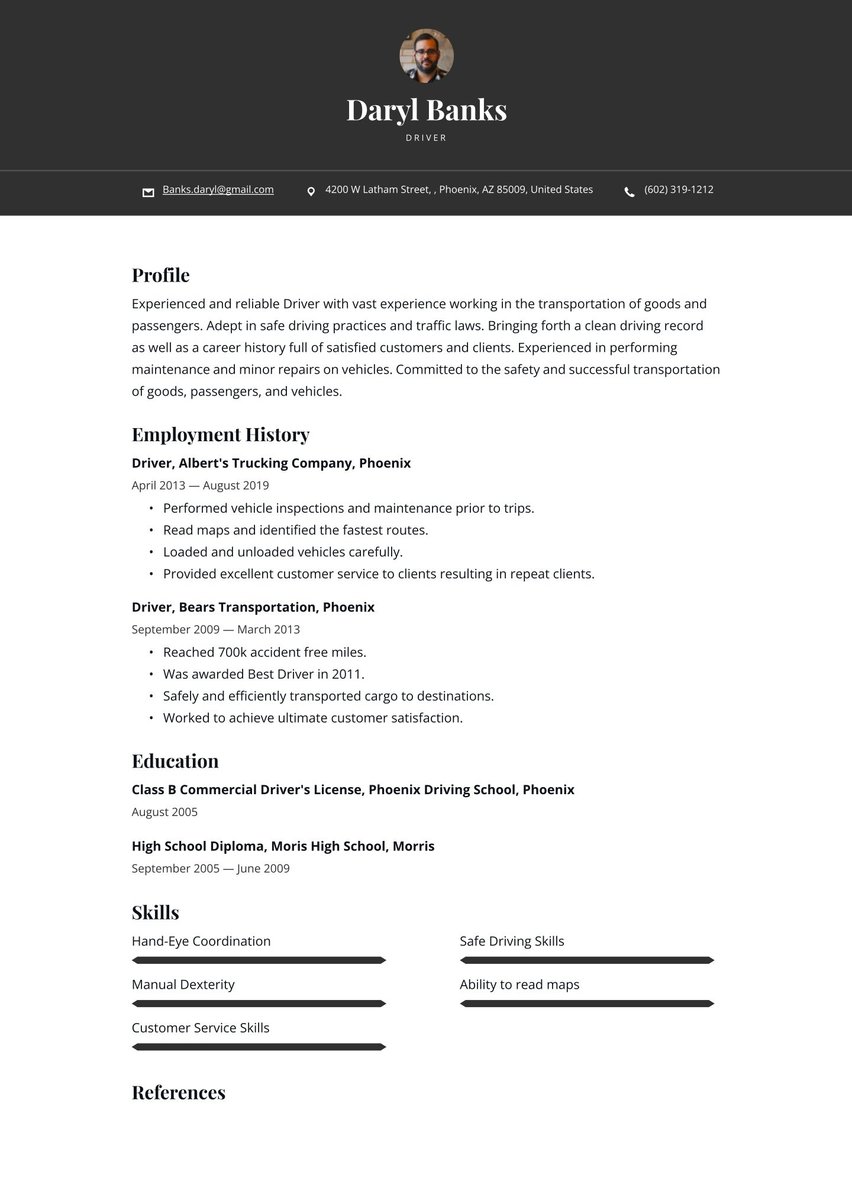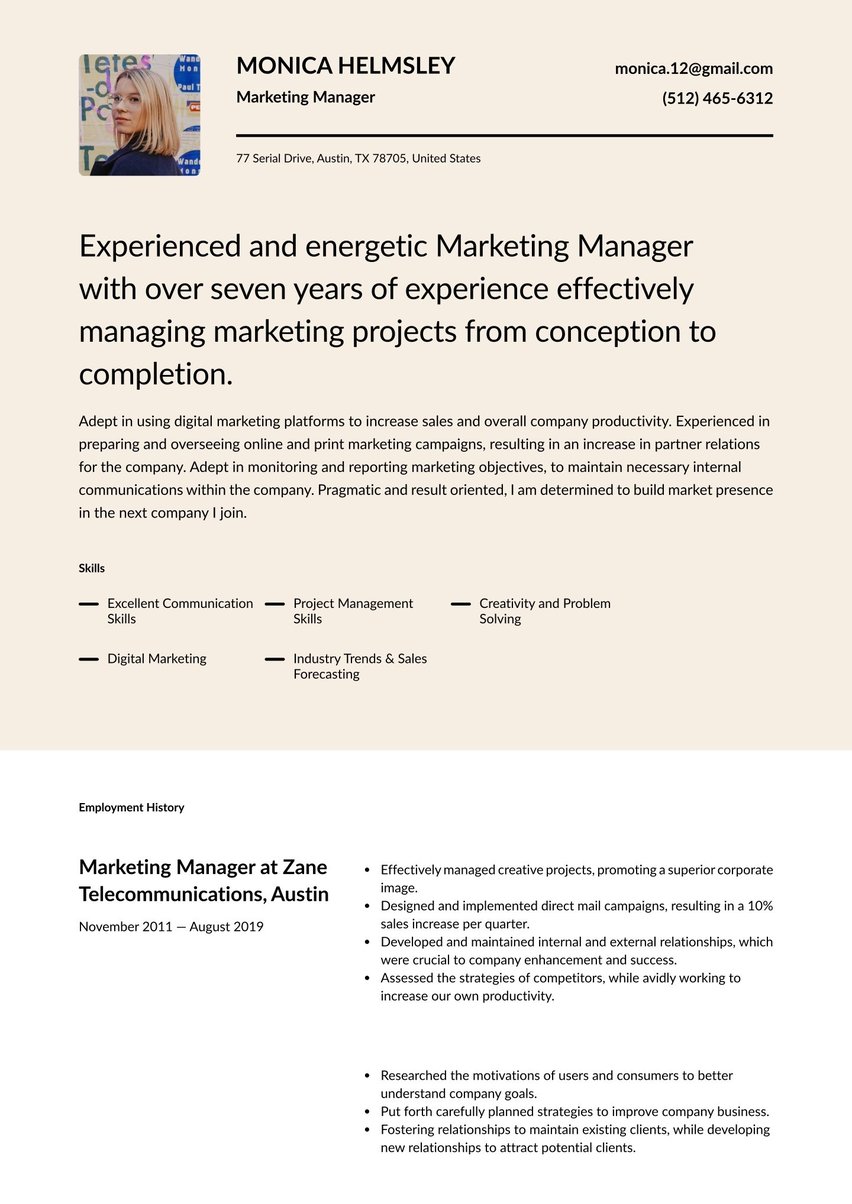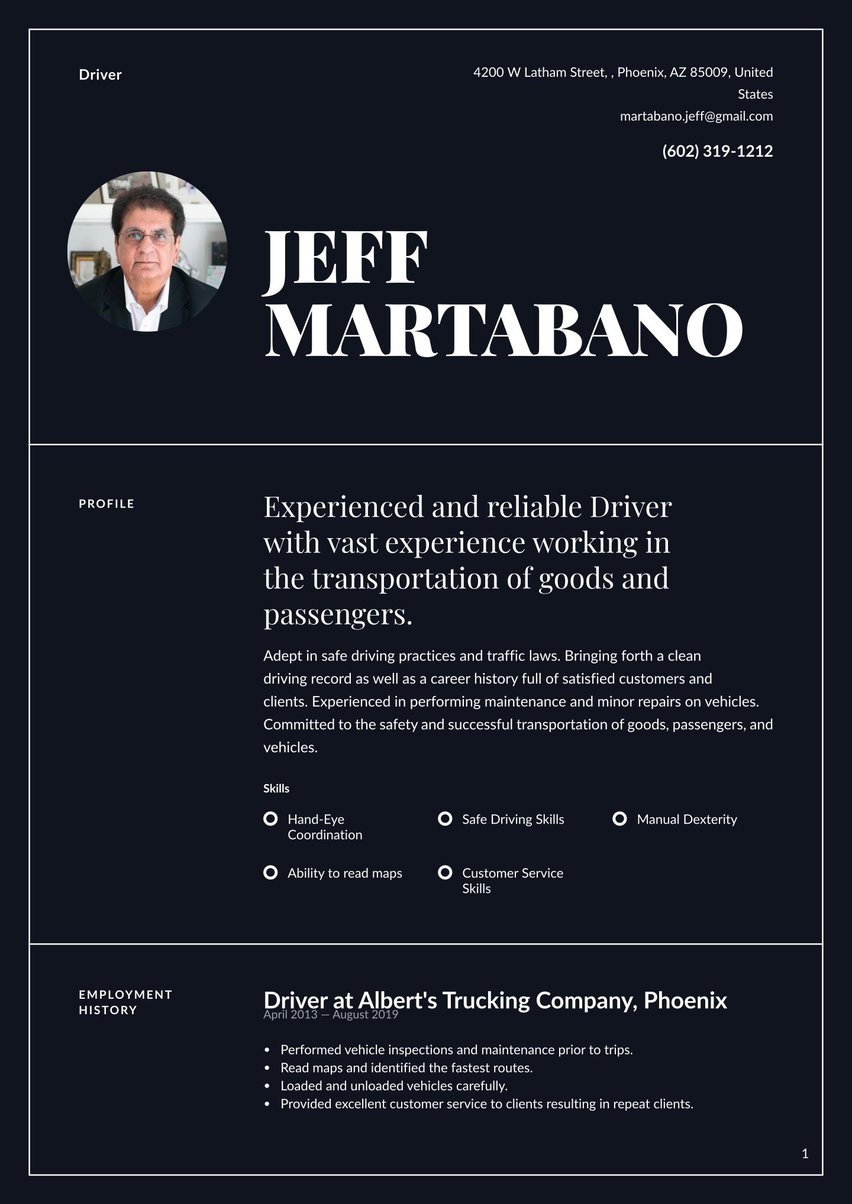Innovative and experienced Agricultural Engineer with a proven track record of identifying issues and achieving solutions to increase agricultural productivity. Adept in communicating with landowners and businesses regarding appropriate land treatment, soil conditions and water quality. Experienced in repairing and improving crop facilities and committed to achieving the highest level of client satisfaction possible.
07/2016 - 09/2019, Agricultural Engineer, Frost Engineering Group, Fargo, ND
- Collected and recorded data pertinent to project goals and ultimate agricultural productivity.
- Consulted landowners and businesses about the needs of complex agricultural systems.
- Effectively utilized engineering strategies to address problems and improve efficiency and safety.
- Successfully handled several construction upgrades and repairs.
- Worked to ensure budgets were followed and client satisfaction was achieved.
09/2019 - 06/2016, Agricultural Engineer, Halstead Engineers, Waterloo, IN
- Effectively tested a variety of mechanical and electrical systems on agricultural and construction equipment.
- Applied troubleshooting techniques where necessary.
- Documented and communicated test results.
- Worked independently and also alongside engineers.
09/2012 - 05/2016, Bachelor of Agricultural Engineering, Michigan State University, East Lansing, MI
- Dutch
- English
- Critical Thinking
- Engineering Strategies
- Knowledge of Biological Science
- Extensive Knowledge of Agriculture
- Decision Making
- Problem Solving
Agricultural engineers are experts at the applied science of how to put food on our tables. And since they all need food on their own, they get their start by developing an outstanding agricultural engineer resume.
Agricultural Engineer resume examples by experience level
This writing guide will cover all aspects of how to prepare this crucial document for this occupation, helping you create a resume that:
- Makes it past Applicant Tracking Systems (ATS)
- Attracts the attention of recruiters
- Differentiates you from other candidates
- Puts your greatest achievements on display
- Looks professional and eye-catching
What does an agricultural engineer do?
Agricultural engineers oversee and handle the designing of equipment and machinery for agricultural processes. This means they design, develop and evaluate the systems, devices and equipment required for efficient agricultural production. They often manage and oversee the manufacturing of products and ensure that best practices and desired outcomes are achieved.
Agricultural engineers strive to improve the functioning and productivity of machines or processes related to agricultural goals. They may also consult with farmers and businesses about land use and suggestions for more efficient agricultural productivity. Agricultural engineers might also work alongside construction projects, overseeing land reclamation, water drainage and irrigation. Their jobs may include some aspects of environmental engineering.
How to write an agricultural engineer resume
An agricultural engineer resume should be one page only, containing these five components:
The header is the space at the top that contains your name, occupation, mailing address, phone number and email. You can also include your LinkedIn page or another website that showcases your work. In addition to providing your contact info, the header should be thoughtfully and attractively designed, creating a positive visual impression at a glance.
We'll talk about what each of the other sections should contain below.
For additional inspiration, feel free to review more of our 300-plus occupation-specific writing guides, including these in the engineering category:
- Facilities Engineer resume sample
- Electrical Engineer resume sample
- Engineering resume sample
- Civil Engineer resume sample
- CNC machinist resume sample
- Technician resume sample
- Health and Safety Engineer resume sample
- Research Engineer resume sample
- Process Engineer resume sample
- Project Engineer resume sample
- Structural engineer resume sample
- Mechanical Engineer resume sample
Profile summary example
Your profile section gives you the opportunity to showcase your biggest accomplishments. Here you have two to four sentences to highlight what you bring to the job. That means doing a little "humble boasting" about your achievements and your professional demeanor. Make sure you point out your biggest projects and how you helped them succeed. If you have data that shows you increased efficiency through your products and processes, make sure you use it.
If you are proficient in one area of agricultural engineering such as water conservation, irrigation systems, or housing and environments for livestock, this is a great place to highlight that.
Use strong action verbs to describe your work experience. Instead of “oversaw product creation,” try “marshaled product development from concept to fruition.”
See example content below.
Innovative and experienced Agricultural Engineer with a proven track record of identifying issues and achieving solutions to increase agricultural productivity. Adept in communicating with landowners and businesses regarding appropriate land treatment, soil conditions and water quality. Experienced in repairing and improving crop facilities and committed to achieving the highest level of client satisfaction possible.
Employment history example
An agricultural engineering resume should showcase your ability to address technical problems related to agricultural equipment and efficiency through your professional experience. In your employment history, you should call attention to your ability to apply engineering strategies as well as your superior knowledge of biological science. Don’t just claim that you have these skills, but describe how you have used them to innovate.
In this section, use your previous job successes to illustrate your ability to identify agricultural issues and offer solutions. Think of each bullet item as an opportunity to describe a problem, explain the action you took to solve it, and the results of your action. Simply listing your responsibilities does not tell recruiters that you are a problem-solver who can take charge.
If you are entering the job market for the first time, rely more heavily on your education and internships or experiential classwork. Detail the design technologies you have learned. As you write each item, make sure you are using strong action verbs and data to make your achievements look even more impressive.
Don’t be afraid to use a thesaurus to broaden your word usage. Aside from making your resume more interesting, varying your language makes getting past Applicant Tracking Systems (ATS) more likely. Recruiters and human resources departments use ATS to scan for keywords and phrases in resumes and eliminate the ones that don’t fit the bill. Strive to use words within the job description as well.
List all positions relevant to agricultural engineering or positions that have transferable duties and/or required skills necessary for your occupation. See example content below.
Agricultural Engineer at Frost Engineering Group, Fargo, ND
July 2016 - September 2019
- Collected and recorded data pertinent to project goals and ultimate agricultural productivity.
- Consulted landowners and businesses about the needs of complex agricultural systems.
- Effectively utilized engineering strategies to address problems and improve efficiency and safety.
- Successfully handled several construction upgrades and repairs.
- Worked to ensure budgets were followed and client satisfaction was achieved.
Agricultural Engineer at Halstead Engineers, Waterloo, IN
September 2019 - June 2016
- Effectively tested a variety of mechanical and electrical systems on agricultural and construction equipment.
- Applied troubleshooting techniques where necessary.
- Documented and communicated test results.
- Worked independently and also alongside engineers.
Best format for an agricultural engineering resume
Most resumes use the reverse chronological resume format to list employment history. This means you list your current or last job first and your first job last. This is probably your best option if you have a record of steady employment in your field.
Another option is the functional resume format, in which past jobs are listed by job type rather than by date. This can be useful if you worked primarily as a contractor or freelancer, or if there are large gaps in your employment history.
Education section example
Agricultural engineers are required to hold a bachelor’s degree or higher, preferably in agricultural engineering or biological engineering. If you have been a working professional for several years, you can keep this section brief, listing your degrees and certificates only. If, however, you are new to the field or the workforce, consider listing any relevant classes, accolades, and your GPA, if it is outstanding. If you hold a master’s degree or higher, you may leave out your high school. See example content below.
Bachelor of Agricultural Engineering, Michigan State University, East Lansing, MI
September 2012 - May 2016
High School Diploma, Ann Arbor High School, Ann Arbor, MI
September 2008 - May 2012
Skills section example
The skills section is just what it sounds like, a listing of your skills, but don’t underplay its importance. Here, you can choose from among your many abilities to show you are a well-rounded professional.
The ideal agricultural engineering candidate has more than just knowledge of biological sciences. You must have strong analytical thinking skills and an in-depth understanding of agricultural processes, machinery and equipment. Those are the hard skills, or job-specific abilities, necessary to carry out your work. But employers want to know that you have communication and organization skills, or soft skills, as well. Be as specific as possible. For example, if you are listing software, say exactly which software you know. Make a list of all your skills and pick a half-dozen that best match the job for which you are applying. Personalize this list – and the rest of your resume – to make yourself the best candidate you can be for each position. Think about the higher level or rare skills you possess and list those instead of the basic skills most applicants will have.
See example content below.
- Critical Thinking Skills
- Engineering Strategies
- Knowledge of Biological Science
- Extensive Knowledge of Agriculture
- Decision Making Skills
- Problem Solving Skills
Design and format
The most important fact to remember when choosing a design for your resume is that recruiters have tired eyes. They see hundreds of resumes for each job and their priority is being able to scan for pertinent information quickly. That means they want to find your contact information, current and previous job title and companies, and maybe your skills within a minute.
To make that possible, you need a clean, easy-to-read layout with clear headings and ample white space. Don’t use headers or footers as a space-saving device, since the ATS may not be able to scan them correctly.
Your resume design is the first visual impression you will make on a recruiter. Try a resume template from Resume.io’s Professional resume template category. One of these expertly designed layouts, along with our resume builder tool, will ensure your resume looks as great as it sounds.
Key takeaways
- Start with a visually attractive header that contains all your contact info.
- Write a profile that highlights your greatest strengths, including your work experience and special skills.
- When listing past jobs, use bullet points to provide specific information about what you accomplished at these jobs.
- Keep your education section short unless you are just finishing school and have little work experience.
- Create a list of hard and soft skills that the employer you're targeting would logically be seeking.


.jpg)

.jpg)














